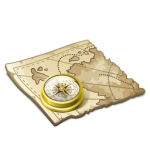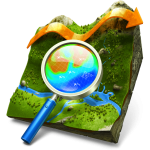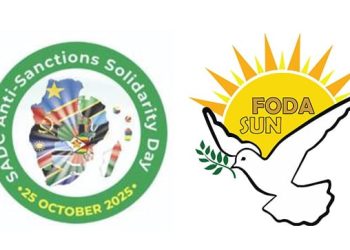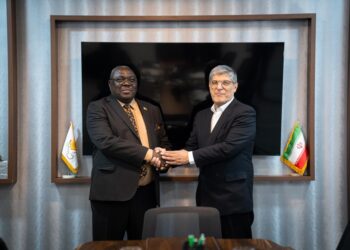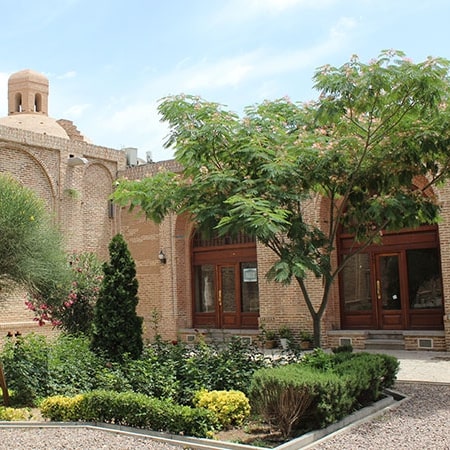
Qazvin

Ghazvin is a big and ancient city of the Iran and according to some of the historians, its history returns to the Sassanian era. This city for 57 years was the capital of Iran during the reign of the Safavids and for this regard, it got the high beneficial of the art and architecture of Safavids and it is the hosts many of the historical and ancient work.
Also Ghazvin is the capital of Calligraphy in Iran and was the birthplace of the greatest Calligraphy artists like Miremad Ghazvini.
Ghazvin has a special importance for being in the connection ways among northern and western provinces and being in the neighborhood of Tehran. The weather of Ghazvin is cool in summer and cold in winter.
History

Qazvin is one of the Iranian cities in the west and the capital city of Qazvin province. It is located at a height of 1,278 meters above sea level. The city of Qazvin belongs to the Sassanid era, which flourished under the rule of Shapur. During the reign of Safavid, Qazvin was the capital of Iran for 57 years, and therefore has many historical sites and museums. Qazvin is the capital of Iran’s calligraphy, and one of the famous calligraphers of the Persian was Mir-Emad Qazvini. There are many olden and ancient works in Qazvin. This ancient city was the capital of Iran at the time of Shah Tahmasb Safavi. The first Iranian street (Sepah St.) was built in Qazvin. Sardar Water reservoir is the largest single-dome Reservoir in the world is located in Qazvin.

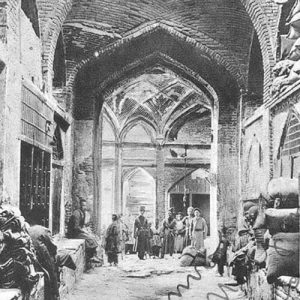
Before Islam
In the Qazvin region, hundreds of ancient hills are identified, and only the hills of Sagez_Abad represent a 9,000-year-old sedentary in this plain. The Qazvin area considered by various governments in terms of geographical location, military and communication in different periods of history. During the rule of the Medes, it was one of the major points of the country, and the Mag_Beytu Fortress in the southwest of Qazvin, under the command of Hannah_Siroka, was under the control of the rulers of Medians. In the first half of the 9th century BC, the Mag_Beytu Fortress in Qazvin attacked by the fifth Adad of the Assyrian ruler and got destroyed. The ancient Greek writings introduced Qazvin as “Razhia”, and then in the European writing, the city known as the ancient city of Arsas or Arsasia. Parthians called Qazvin in the name of its founder, “Ardapa”; and the Sasanians called the city “Keshovin” (a land that should not be forgotten). In some texts, the name of this city is “Qaswin” (a city with a firm and strong people). However, historians and archaeologists of the present day know Qazvin in Arabic form of “Caspian”; they believe that the people of the Caspian that lived on the shores of the Caspian Sea migrated and built the city of Qazvin. That is why in the ancient Ottoman and Arabic texts the name of the Caspian Sea called “Bahr-al-Qazvin”.
After Islam
Qazvin got developed it in the 21st century, known as the Muslim border, and Muslims traveled to jihad with enemies.
Housing outside the ancient fortress of the city, first introduced by Mohammad-bin-Senan-Ajali and in the year 90 AH and others have followed him and built house and expand the city. Prior to 169 AH in the years of the caliphate of Mahdi Abbasi, when his son was crown prince Musa al-Hadi, and the town of Medina Musa and Mubarakia built alongside Qazvin, the same decree helped to expand the city.
Shah Tahmasb Safavi moved to Qazvin in 953 AH due to the proximity of Tabriz to the Ottoman border and the vulnerability of the city, as well as the remoteness of Khorasan and the continued invasion of Uzbeks to Iran. The capital was Qazvin and remained capital until the year 1006 AH (for half a century).
With the beginning of the Safavid period and their establishment at the old borders with the central regions of northern and western Iran and the declaration of the Shiite government, a new chapter introduced for the full expansion of the city of Qazvin, with the written works of historians and tourists and historical monuments representing this expansion.
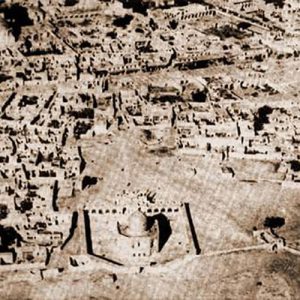
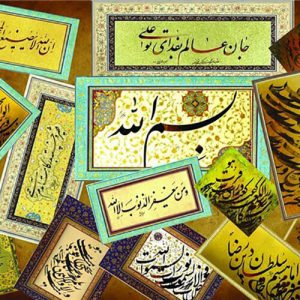
One of the golden periods of Qazvin’s history is the selecting this city as the capital of the Safavid Shiite sovereignty. With the establishment of the Safavid Shiite government in the tenth century, a new era began in Iranian history, and from this time forward, Qazvin became the place for the gathering of government officials, scholars, scientist, and practitioners of art and technique.
Safavid rule, on the other hand, based on the mystical concepts and interpretation of Shariat from the Shiite point of view, has succeeded in gaining a very broad social base.
Language
Qazvin is a Persian city language. Mother tongue of most original inhabitants of Qazvin city are Persian with special dialect of Qazvini. Tati, Gilaki and Azeri languages are also the most common languages in Qazvin. Despite the considerable population of Azeri, Tati and Gilak in Qazvin, most of them are not native to the city and come from other parts of the province to this city; especially most people in the cities and villages of Qazvin province are Tatars, Azeri and Gilak. Kurds and Lors are other tribes of Qazvin.
Religious
Before the arrival of Islam to the region, the religion were Zoroastrians, and the first building of the Qazvin mosques built on fire temples. With the beginning of Safavid rule, the Shiite religion in Qazvin has expanded and today the Qazvin people’s religion is twelve Imams Shiite.
Calligraphy Town
The Ministry of Culture and Islamic Guidance and Supreme Culture as “the capital of calligraphy of Iran” have named the city of Qazvin. Besides the permanent museum of Qazvin’s calligraphy, which is located at the Chehel-soton Palace in Qazvin, Every year major calligraphy events, such as the holding of the Biennial of Iranian Calligraphy (with the presence of professors from all over the world), the Quranic Calligraphy Festival, and the Ghadir Calligraphy Festival and … take place in the city.
Handicrafts
From the traditional arts and crafts of this land, it can be initially painted and gilding, Under Glass Painting, Sprinkle Embroidered, passementerie, Narrow fabric, carpet weaving, Kilim weaving, jajim weaving, making mirrors, Woodcarving.
Geographies

Qazvin has pathway from the north to Lahijan, from the north east to Razmian, from the east to Bidestan and Mohammadia, from the south east to Alvand, from the south to Lia industrial city, from the southwest to Aqbalia, from the west to Mahmoodabad, and from the northwest to Manjil.
Location of the city
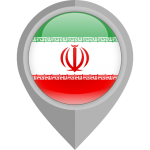
Qazvin’s climate is cool in the summer and cold in winter. Annual precipitation in Qazvin is about 318 mm and the average temperature is 14 ° c.
Population
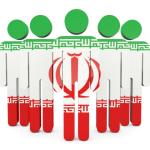
The climate of the city of Tehran is influenced by mountains in the north and the plain in the south. Apart from the northern parts of Tehran, which are moderately humid, they are moderately humid, and the weather in other parts of the city is more or less warm and dry, and in winter it is a little cold. The main source of rainfall in the city is the Mediterranean and the wet Mediterranean winds. The Alborz Mountain Range, as a barrier to the influence of many air masses, has caused Tehran’s weather to be dry on one side and relative calm on the other.
Weather

Places

Gallery


